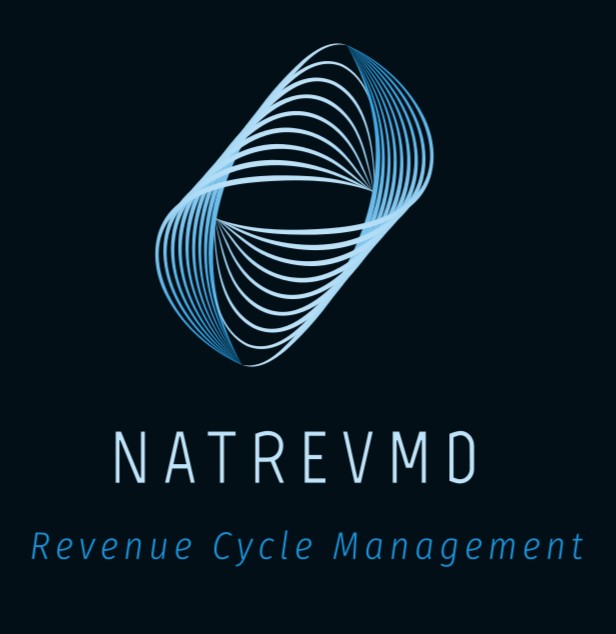Managing the financial aspects of a medical practice can be complex, especially when it comes to ensuring that the payments recorded in your Electronic Health Records (EHR) or Practice Management (PM) software align with the actual deposits in your bank account. Discrepancies can lead to confusion, financial mismanagement, and potential cash flow issues. In this blog post, we will explore the most common reasons for mismatches between bank deposits and EHR/PM records and provide practical solutions to address these challenges.
Common Reasons for Discrepancies
1. Incomplete Posting by the Billing Team
The Issue:
A prevalent cause of mismatches is incomplete or inaccurate posting by the billing team. This is especially common with secondary insurance payments, where Explanation of Benefits (EOBs) might not be integrated into the EHR/PM software. When payments from secondary insurers are not properly recorded, it can create discrepancies between the actual bank deposits and the payments shown in your system.
The Solution:
Implement a robust reconciliation process where payment records in the EHR/PM software are regularly compared with bank statements. Ensure that your billing team is trained to accurately input secondary payments and consider investing in integrated software solutions that automatically incorporate EOB data into your system. Regular audits and checks can also help identify and rectify posting errors promptly.
2. Delays or Issues with EFT Deposits
The Issue:
Electronic Funds Transfers (EFTs) are generally reliable, but there can be delays or issues that lead to discrepancies. Such delays can result from processing times, bank holidays, or technical glitches within the banking system, causing a mismatch between recorded payments and actual deposits.
The Solution:
Consistently monitor your EFT transactions and reconcile them with bank statements to catch discrepancies early. Establish a relationship with your bank to address any persistent issues quickly. Regular communication with your financial institution can help clarify any delays or problems with EFT deposits, ensuring that your records remain accurate.
3. Manual Checks Not Deposited by the Practice
The Issue:
Manual checks from patients or insurers may not always be deposited promptly, leading to mismatches. These checks might be misplaced within the practice or simply delayed in being processed, resulting in recorded payments that are not reflected in your bank account.
The Solution:
Encourage the transition from manual checks to electronic payments to minimize these discrepancies. For checks that still need to be processed manually, establish a clear and efficient process for handling and depositing them. Assign responsibility to a specific team member to ensure that all checks are deposited in a timely manner, and maintain a log to track their status.
4. Timing Differences Between Deposits and Recording
The Issue:
Sometimes, the timing of when payments are recorded in your EHR/PM software does not align with when they are deposited into your bank account. This can happen when there is a delay in posting payments received at the end of the month or due to cut-off times for bank processing.
The Solution:
Ensure that your billing team is aware of cut-off times and schedules payments accordingly. Implement procedures to expedite the recording and processing of payments, especially those received towards the end of accounting periods. Regular reconciliation will help identify any timing-related discrepancies so they can be adjusted in financial reports.
5. Misallocated Payments
The Issue:
Payments may sometimes be misallocated in the EHR/PM software, credited to the wrong patient account or service. This can occur due to manual entry errors or software glitches, leading to mismatches between deposits and recorded payments.
The Solution:
Implement checks and balances in your billing process to ensure accurate allocation of payments. Utilize software features that allow for easy correction of misallocated payments, and conduct regular audits to verify the accuracy of posted payments. Training staff on common errors and how to avoid them can also reduce the likelihood of misallocation.
6. Unidentified Payments
The Issue:
Occasionally, payments may be received without sufficient identification, making it difficult to match them with the corresponding patient account or service in the EHR/PM software. This is common with bulk payments from insurers that lack detailed remittance information.
The Solution:
Work closely with insurers to ensure detailed remittance information is provided for each payment. Develop a process for identifying and matching unidentified payments, which might include contacting insurers or patients for clarification. Implementing a systematic approach to handle unidentified payments will help minimize these discrepancies.
Conclusion
Ensuring that your banking account deposits match the payments recorded in your EHR/PM software is crucial for maintaining the financial health of your medical practice. By understanding the common causes of discrepancies and implementing effective solutions, you can minimize errors and improve financial management. Regular reconciliation, enhanced communication with your billing team and financial institutions, and leveraging technology can streamline your billing processes and enhance overall efficiency. By addressing these challenges proactively, you can ensure smoother financial operations and focus on providing quality care to your patients.





